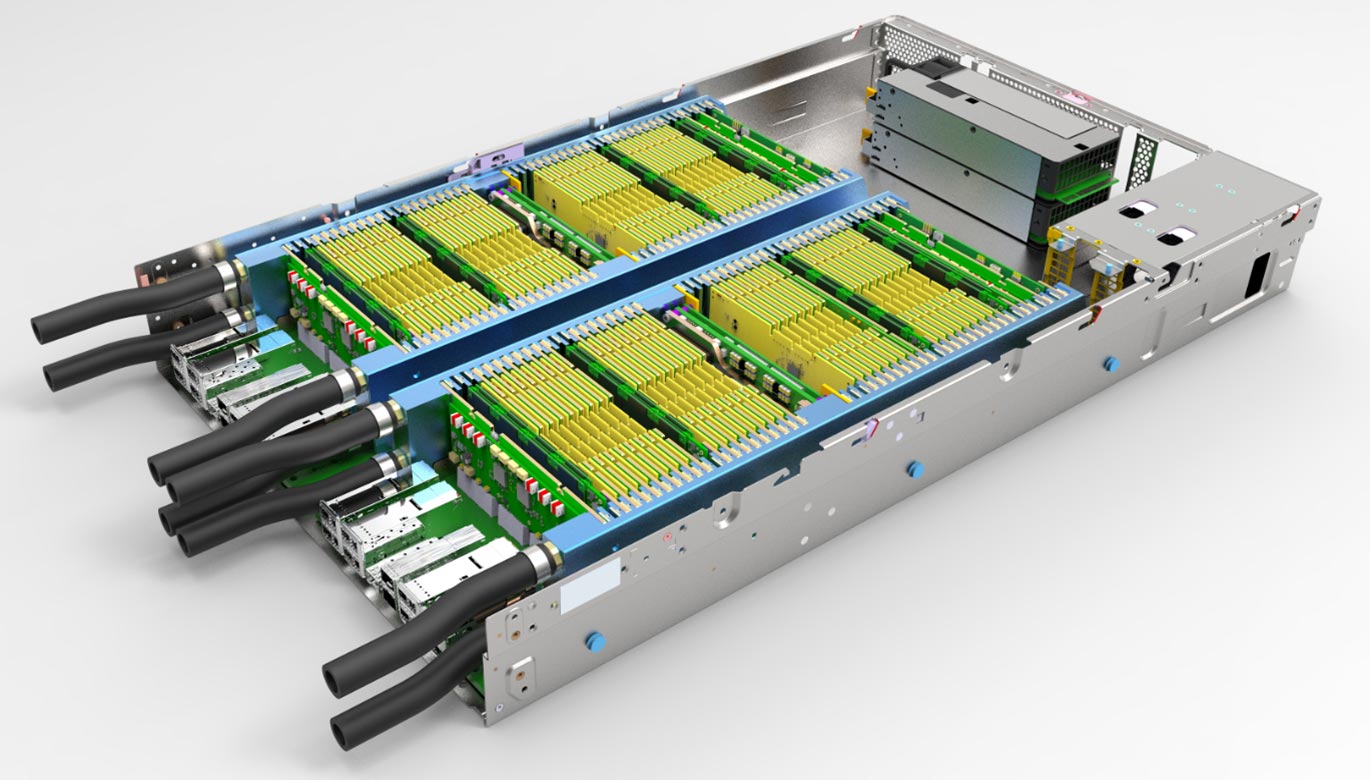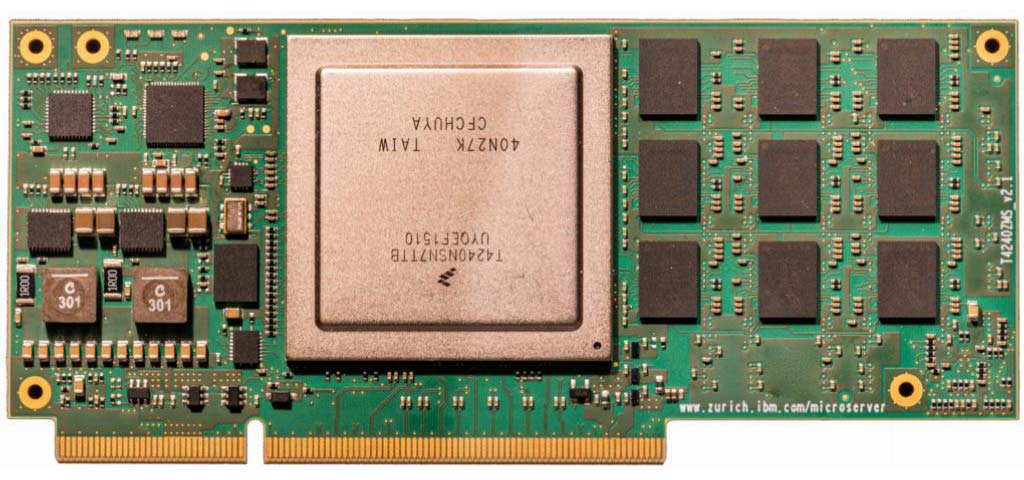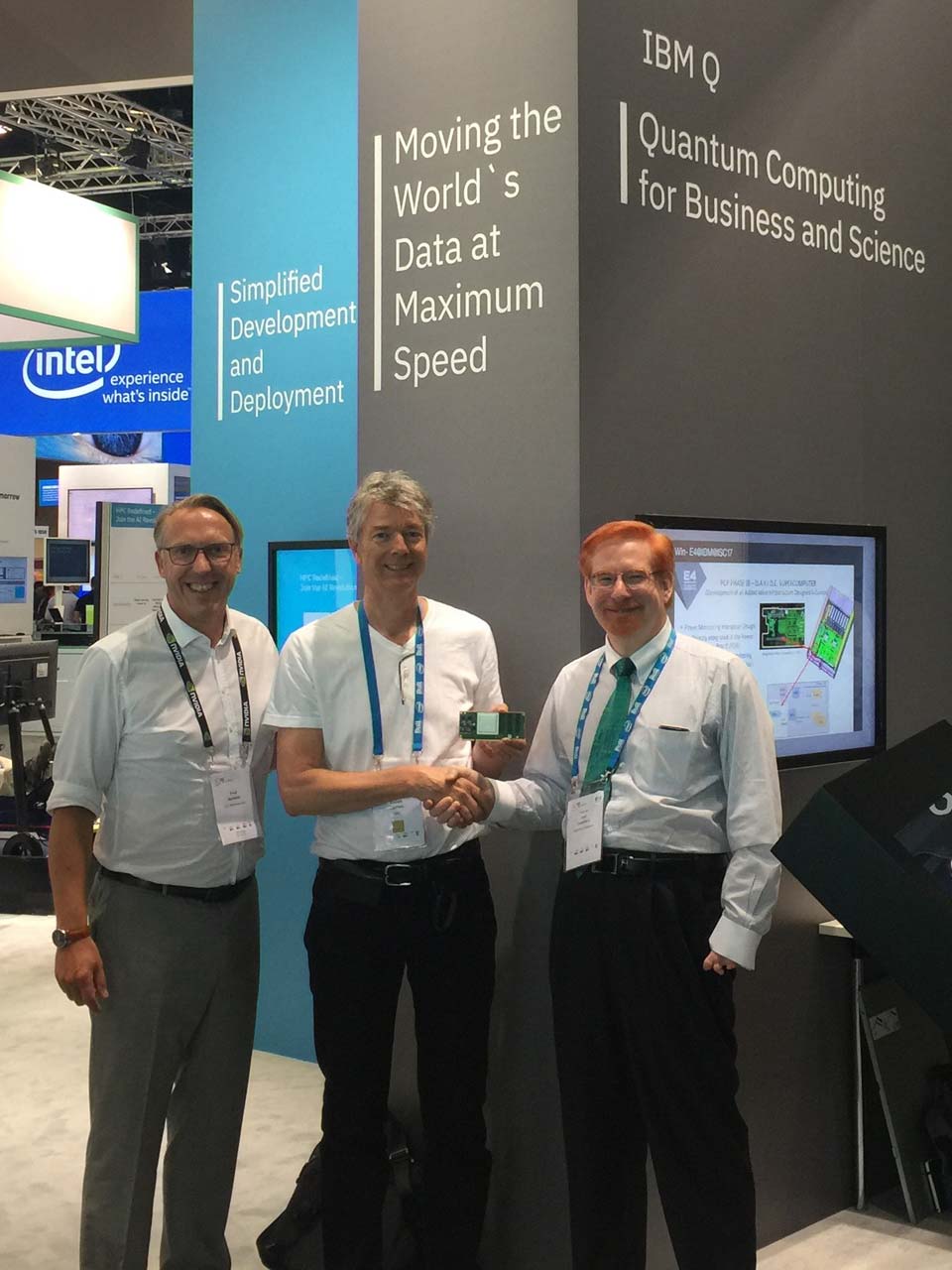Nearly a decade ago IBM electrical engineer and weekend glider pilot Ronald Luijten had a vision to build a data centre the size of a shoe box.
“As we know today, the volume of unstructured data and the need to compute it are severely mismatched due in part to the power to energy consumption ratio. I saw an opportunity to address this problem,” said Luijten.
Yesterday his intuition was recognized by Hyperion Research with the HPC Vendor Innovation Award. The award showcases return on investment (ROI) and success stories involving high performance computing (HPC) to help other users better understand the benefits of adopting HPC and to help justify investments.

From the official announcement by Hyperion Research:
This innovation from IBM’s Zurich Research Lab integrates compute, storage, networking, power and cooling in a package that’s up to 20 times denser than today’s typical data center technology. DOME micro-datacenter has no moving parts, makes no noise, and is small enough for deployment on factory floors, in doctors’ offices, and other novel HPC environments.
Microservers to Telescopes
It took a few years, but eventually Luijten found the funding to bring his vision to reality under the DOME project which kicked off in 2012. DOME, named for the protective cover on telescopes and the famous Swiss mountain, is a five-year, 35.9 M euro collaboration between IBM Research and ASTRON, the Netherlands Institute for Radio Astronomy.

For the past five-years DOME scientists from IBM and ASTRON have been investigating and developing a technology roadmap for large-scale and efficient exascale computing, data transport and storage processes based on a data-centric computing model needs for the Square Kilometre Array (SKA), an international consortium to build the world’s largest and most sensitive radio telescope.
Part of the roadmap includes a densely packed micro-datacenter, i.e. Luijten’s concept, which is already being evaluated externally by universities.
The hot water-cooled micro-datacenter will eventually be comprised of 128 64-bit microservers in a 2U rack-unit. The microservers are based either on a PowerPC or ARMVv8 chip from NXP running Linux Fedora and various applications. At 133 × 63 mm2 each microserver board contains all of the essential functions of today’s servers, which are 4 to 10 times larger in size. Not only is the microserver compact, it is also very energy-efficient.
IBM and ASTRON envision applications for the micro-datacenter beyond the SKA.
“With its compact size each micro-datacenter is a powerful resource on its own for applications in the Internet of Things and Industry 4.0. I’ve met with automotive suppliers, consumer electronics manufacturers and plant floor equipment makers and they all see it as means to consolidate many devices into one,” adds Luijten.

Since the first prototype was made available in 2014, Luijten and his colleagues have been demonstrating the micro-datacenter at conferences including SC and CeBIT in 2014 and 2016 and most recently at SOS conference. In fact, it was at CeBIT last year where he met a Dutch entrepreneur who is interested in bringing the technology to market by the end of the year. So stay tuned.
Source: IBM Research
